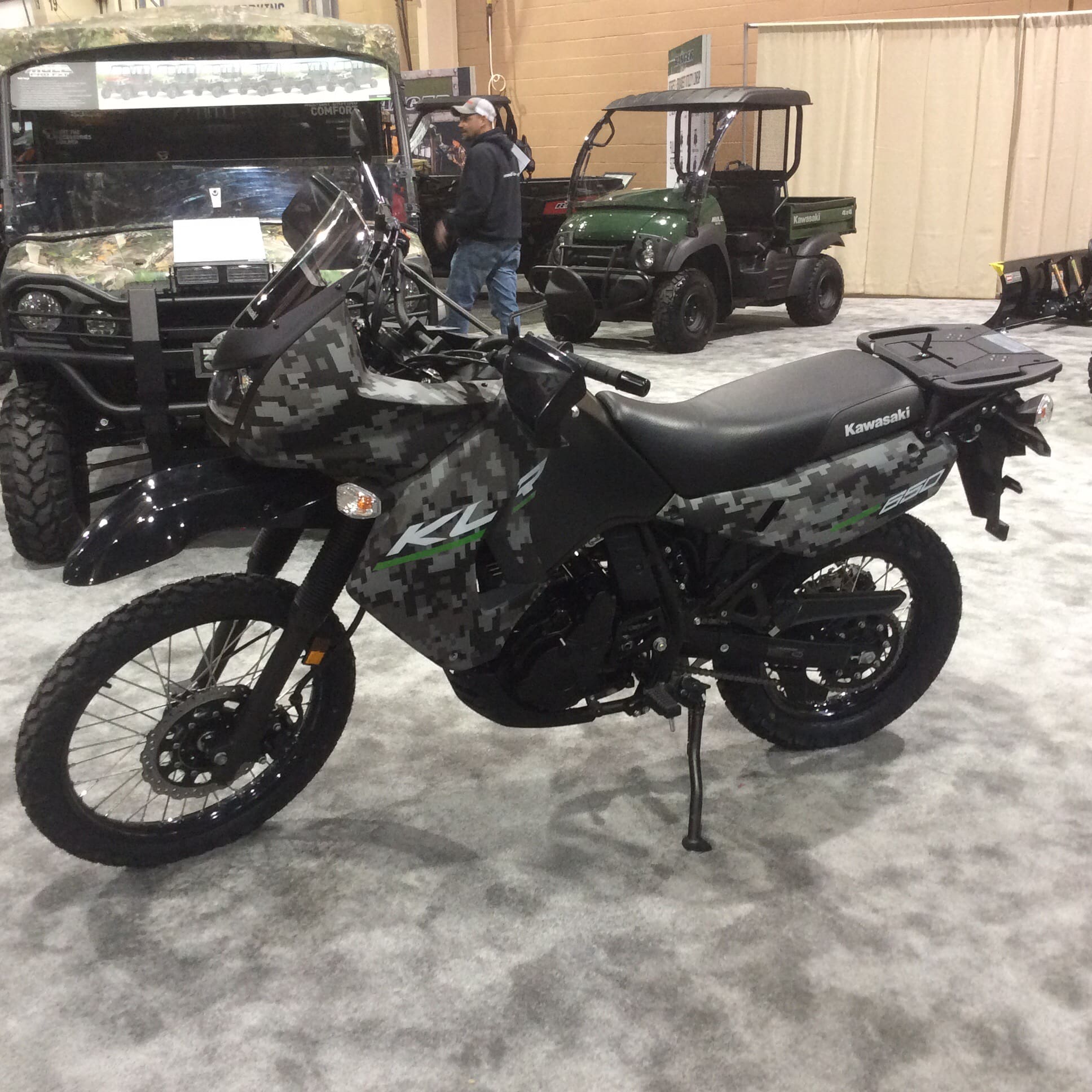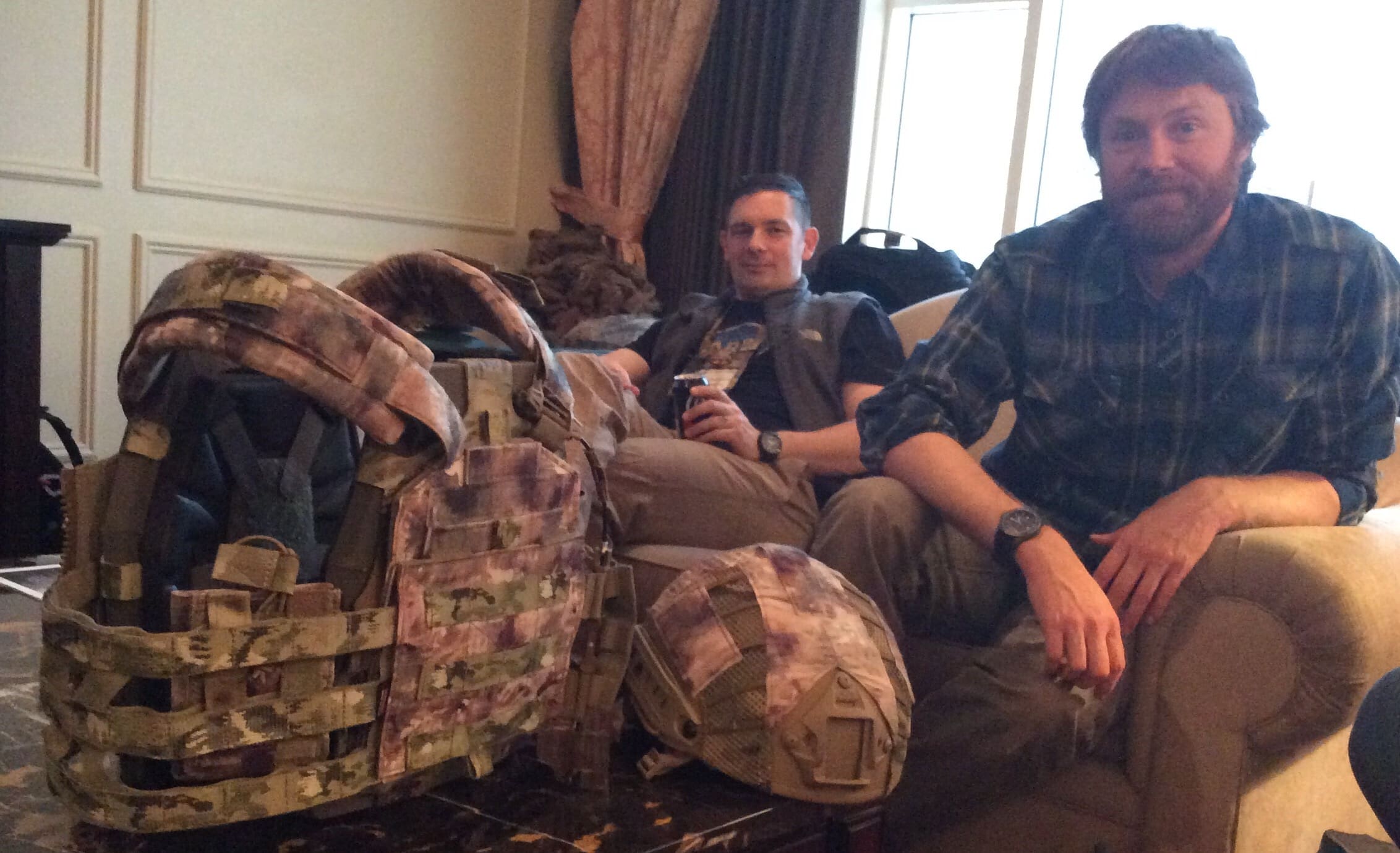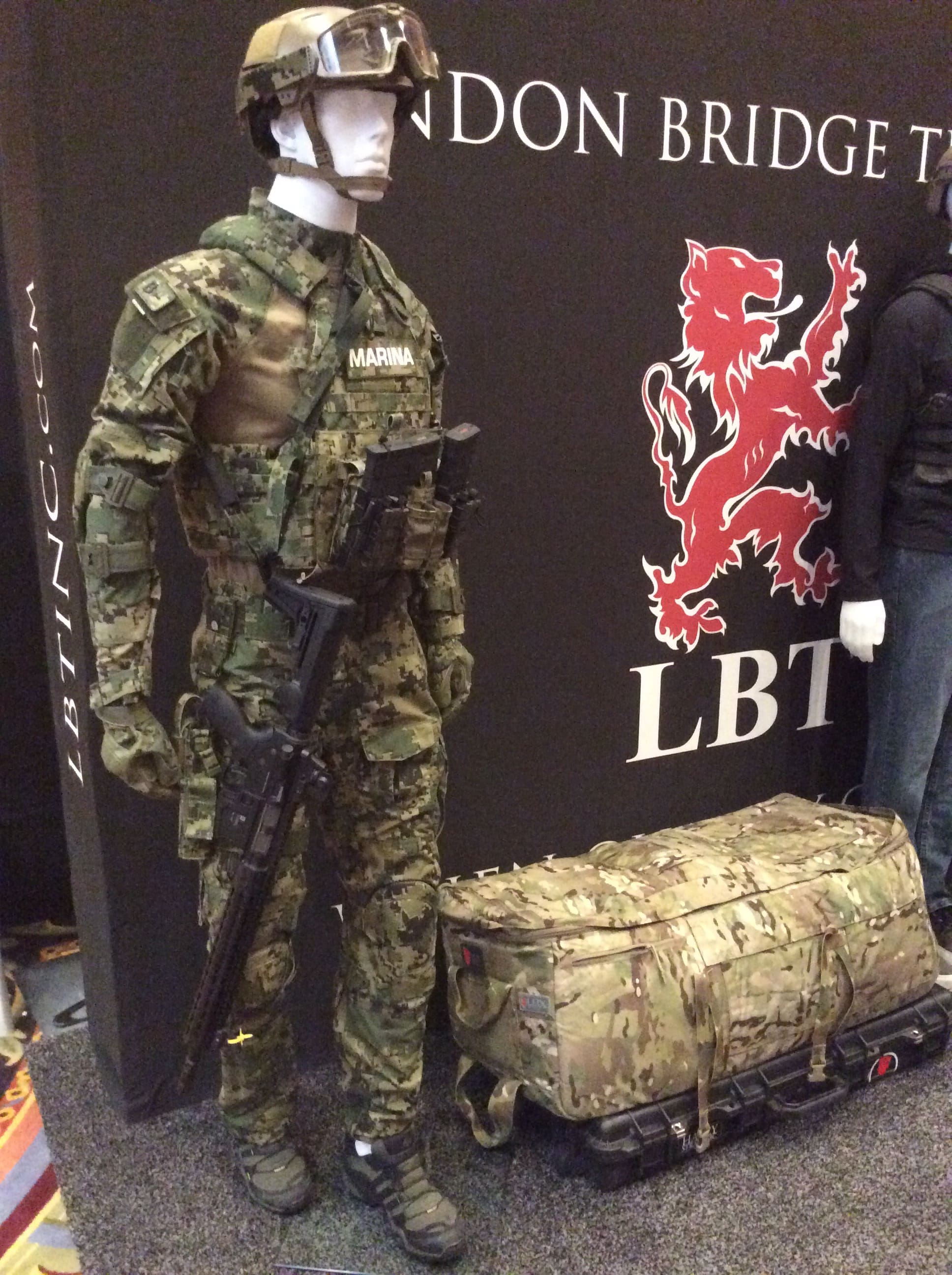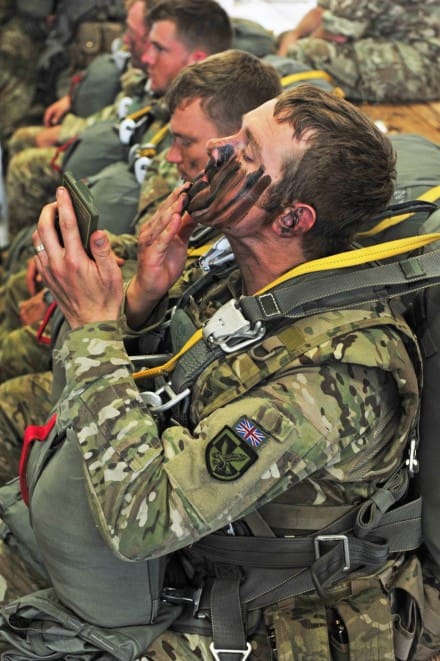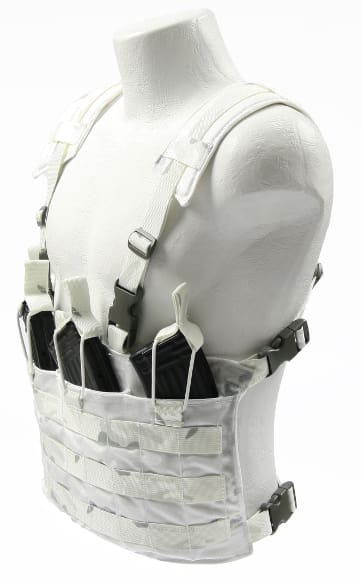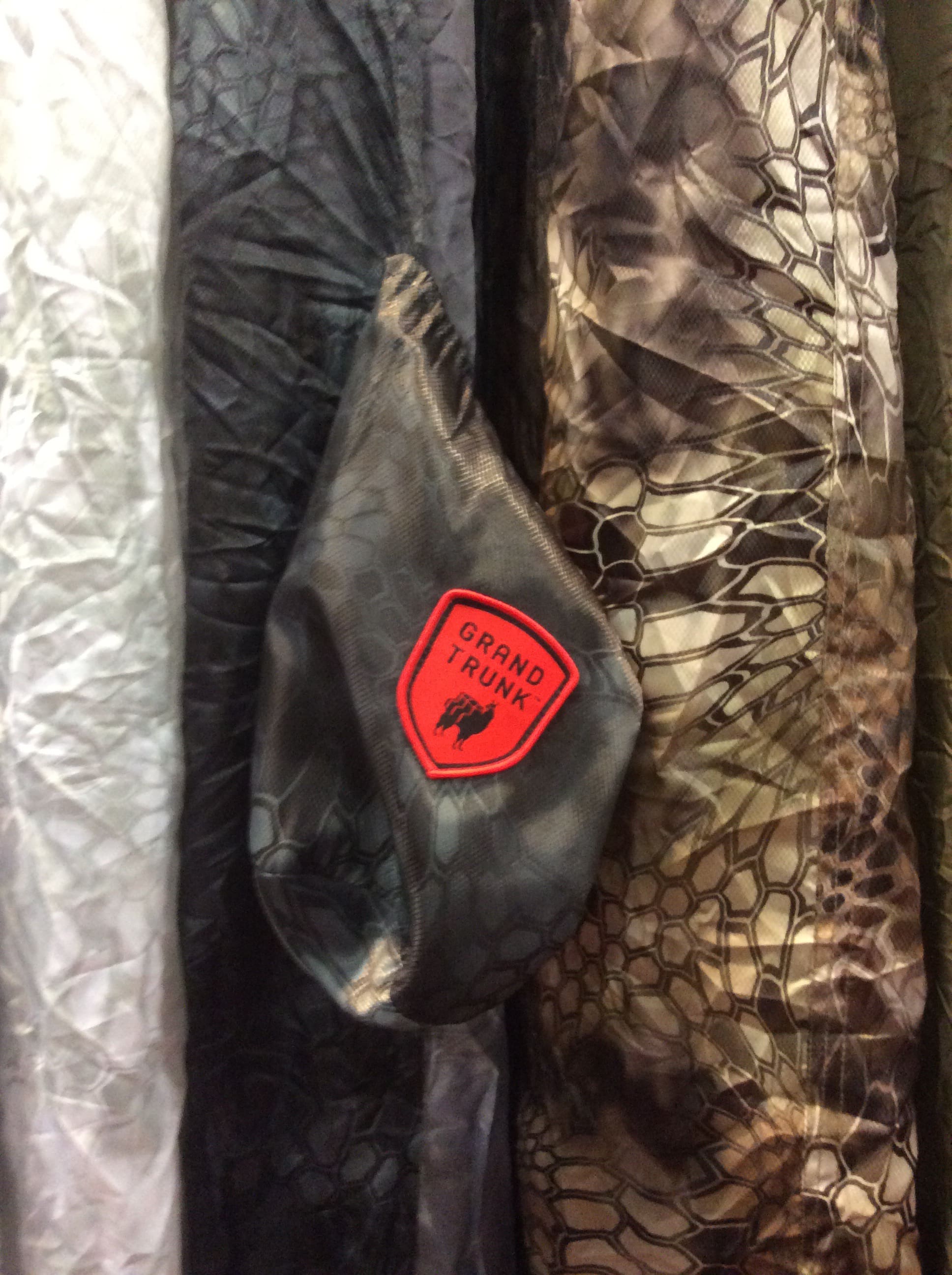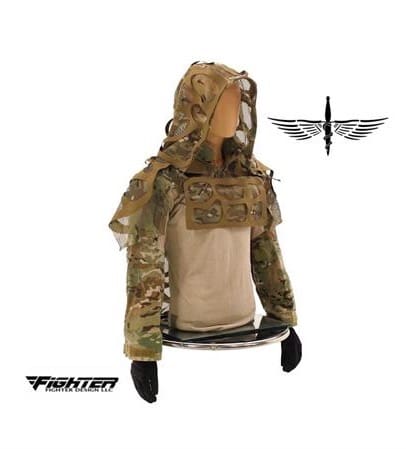There are loads of mobility platforms at the Great American Outdoor Show from a wide variety of manufacturers. There’s everything from boats to motorcycles to tracked ATVs. I even picked up a fat tire bike.
Granted, I was drawn to this Kawasaki KLR 650 by its paint job, but it is a great bike. This Enduro-style bike boasts a 651cc four-stroke single-cylinder engine, Long-travel 41mm telescopic fork, Adjustable Uni-Trak® rear suspension, 6.1-gallon fuel tank for long-range adventure touring, Large windscreen helps reduce wind buffeting and Sturdy rear cargo rack.
www.kawasaki.com/Products/2016-KLR650-Camo


